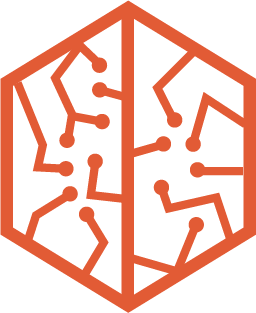I saw on twitter that the Imagine Science Film Festival, sponsored by Tribeca film festival was having their last showing at the New School, and got really excited since I'm interested in the intersection between art and science. Nature to me is where I get much of my inspiration, and I think we have a lot to learn from natural structures in design.
I got in touch with Jennifer Wightman after her fascinating comments with the panel, and was hoping to use her expertise for future projects. She was the biologist and artist behind a film that we unfortunately missed, but got some insight into during the panel discussion. The project interests me a lot, find a description below.
"“Gowanus Timelapse”. 2012. 15”x15”x2”.
Mud and water from the Gowanus Canal, endogenous bacteria, eggs, chalk, newspaper, silicone, glass, steel.
For the LMCC residency I fabricated steel and glass frames to hold mud and water from polluted waterways around NYC. This frame includes samples taken from the Gowanus Canal and photographed overtime as the endogenous bacteria photosynthesize pigments. These colonizing bacteria create a transforming colorfield as defined by the physical and chemical conditions of the water:mud composite. The living organisms manufacturing the pigments are simultaneously the subject and substance of the ‘painterly’ objectification – both object and medium, both a work of art itself and a working of autopoiesis. The landscape is literal. Construction and deconstruction of molecular building blocks produce an ongoing dis/integration of form. Therefore there is not one colorfield, but a series of real time/space negotiations performed by bacteria within a frame of finite natural resources. Color acts as indicator of the industry of microfauna cleaning our city.
This steel and glass frame includes mud and water samples taken from the Gowanus Canal and photographed from August to December 2012. Endogenous bacteria photosynthesize pigments to create a transforming colorfield as defined by the physical and chemical conditions of the water:mud composite. The living organisms manufacturing the pigments are simultaneously the subject and substance of the ‘painterly’ objectification – both object and medium, both a work of art itself and a working of autopoiesis. The landscape is literal. Construction and deconstruction of molecular building blocks produce an ongoing dis/integration of form. Therefore there is not one colorfield, but a series of real time/space negotiations performed by bacteria within a frame of finite natural resources. Color acts as indicator of the industry of microfauna cleaning our city. This piece was fabricated for a residency hosted by LMCC on Governor's Island. Five frames were built for each of the following polluted waterways: Hudson (PCBs), East River (sewage outflows), Newtown Creek (oil spill), Dead Horse Bay (exposed landfill) and Gowanus Canal (everything?)."
- Jenifer Wightman
My favorite piece when it comes to art direction was "663114" a film created about a cicada after the tsunami in Japan.
However, the most inspiring piece was "We Will Live Again", a short film documentary about a cryonics institute. Below is the teaser.


